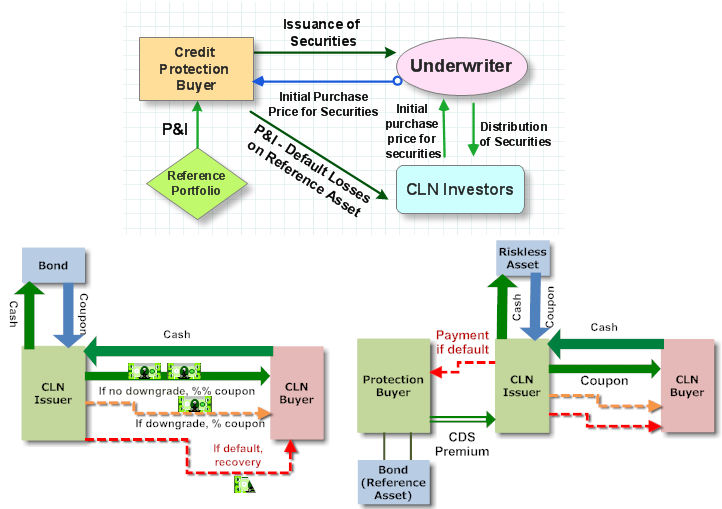Hi David,
Though I have unserstood this product from the buyer's point of view, I am still unable to figure out the math from note issuer viewpoint. How does the issuer make money by paying higher coupon than what it receives from the underlying? Especially when it is required to pay extra for corelation in case of a basket of assets?
Thanks,
Rajiv
Though I have unserstood this product from the buyer's point of view, I am still unable to figure out the math from note issuer viewpoint. How does the issuer make money by paying higher coupon than what it receives from the underlying? Especially when it is required to pay extra for corelation in case of a basket of assets?
Thanks,
Rajiv


